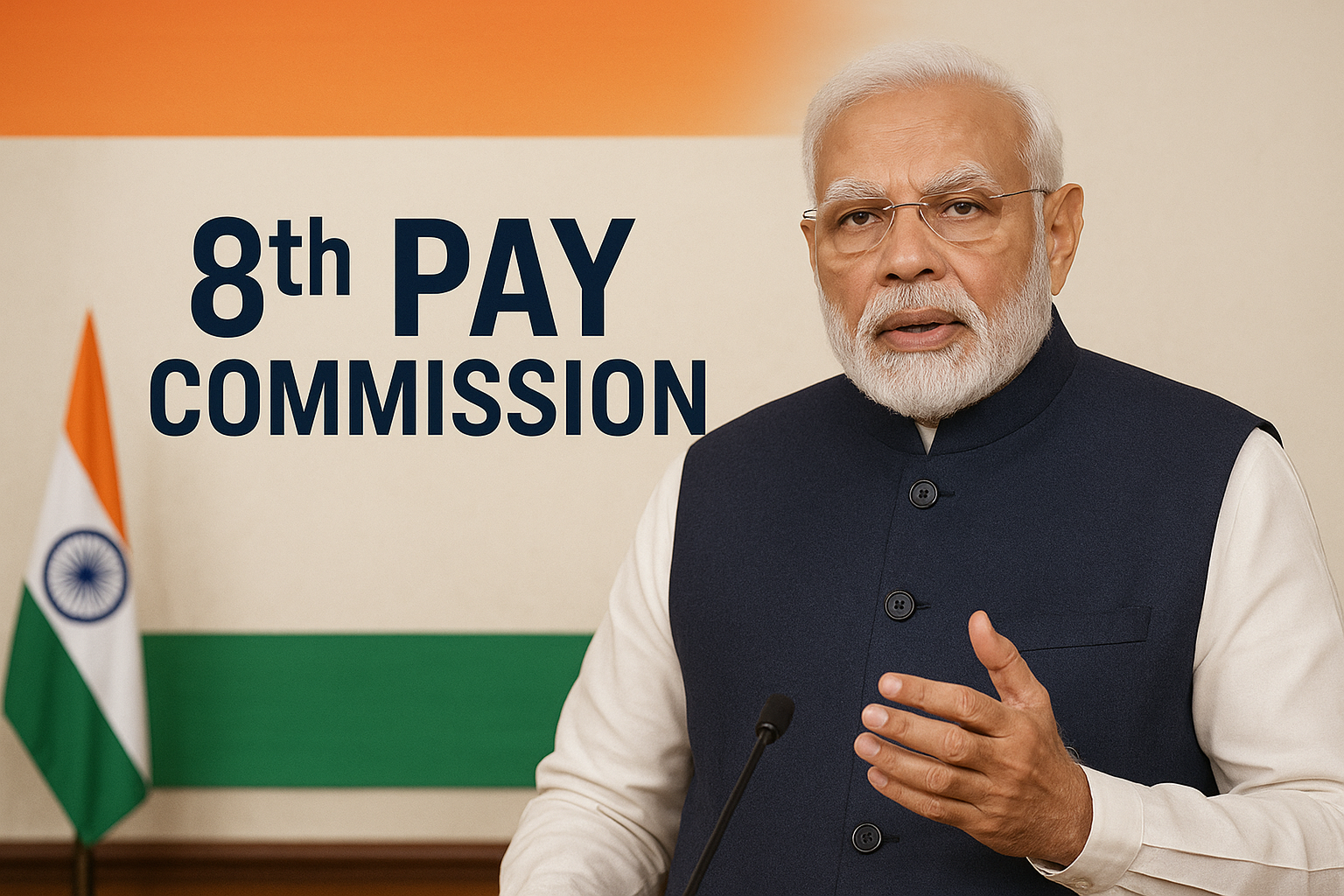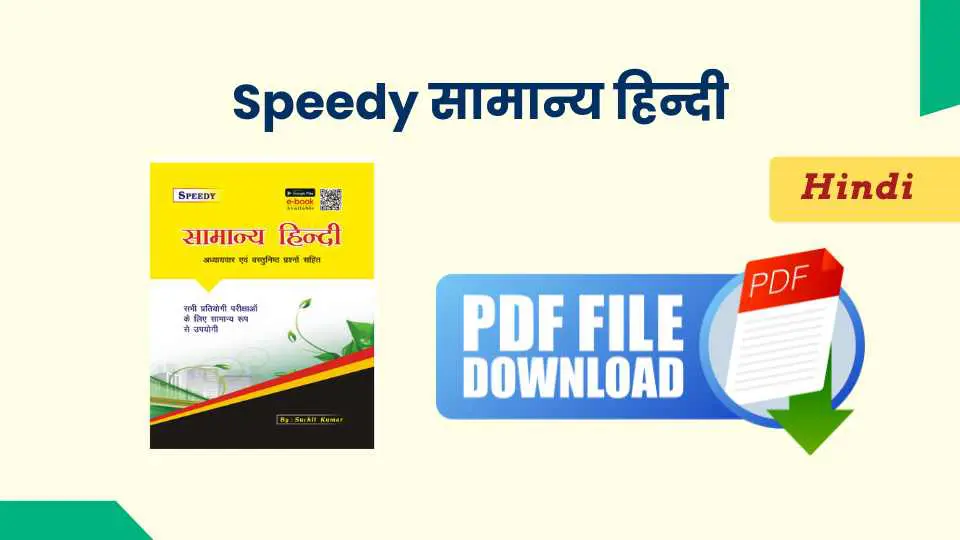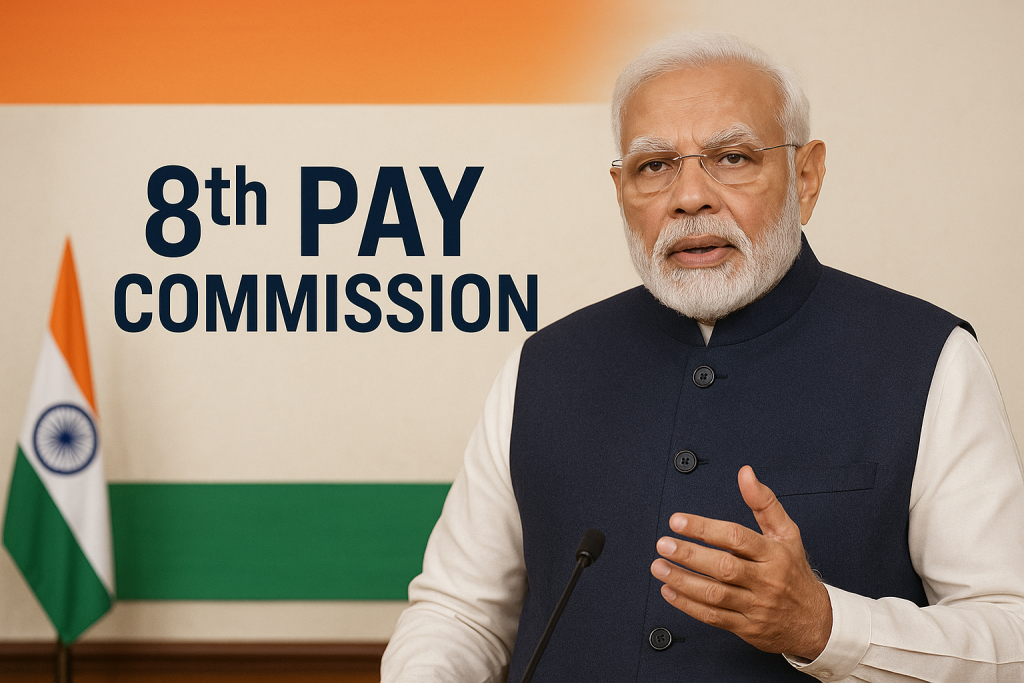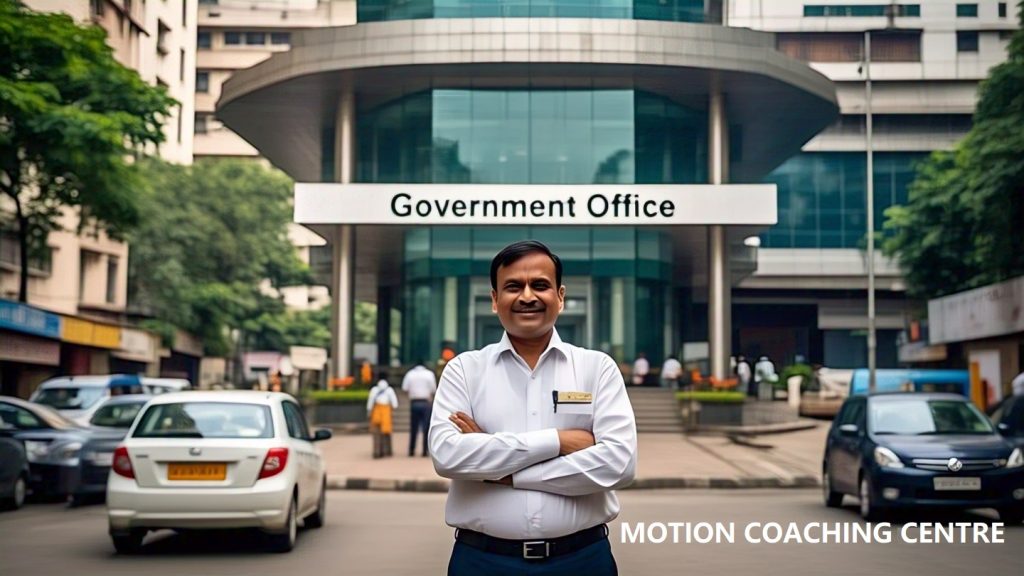1. What Is a Pay Commission?
A Pay Commission in India is a committee appointed approximately every 10 years by the Government of India to review and revise the salary structure, benefits, and allowances of central government employees and pensioners. Here’s how it works:
-
Constitution: The Commission is formed by the Union Cabinet (e.g., the 8th Pay Commission was approved on January 16, 2025).
-
Terms of Reference (ToR): The government sets clear objectives—scope of employee categories, pay levels, allowances, pension structure, etc.
-
Interdepartmental Consultations: Includes inputs from various ministries, departments, the National Council – Joint Consultative Machinery (NC–JCM), employee unions, and pensioners.
-
Public Hearings & Data Gathering.
-
Recommendations Submitted: After 18–24 months, a report is presented to the government.
-
Approval & Implementation: The Cabinet approves recommendations, which are typically implemented from a specific date (commonly January 1).
Past Pay Commissions:
-
7th CPC (effective 2016) had a fitment factor of 2.57.
-
6th CPC (effective 2006) used a factor of 1.86.
-
5th CPC (effective 1996) used ~3.2
2. Why the 8th Pay Commission Matters
After nearly a decade under the 7th CPC, inflationary pressures and evolving cost of living make a revisions essential. Benefits include:
-
Improved quality of living for ~35–50 lakh central employees and 65 lakh pensioners
-
Affordable framework to reflect current realities—housing, healthcare, digital living.
-
Equity & rationality in pay across departments and grades.
→ Recent news suggests delays in the Commission’s constitution, casting doubt on achieving the targeted January 1, 2026 implementation
3. 8th Pay Commission Timeline & Current Status
-
Approval: January 16–17, 2025 ndtv.com.
-
Target implementation: January 1, 2026 .
-
Possible delays: Cabinet hasn’t set terms of reference yet; bureaucratic process may stretch into late 2026 or 2027 .
4. Fitment Factor: Core of Salary Hike
The fitment factor determines the multiple by which current basic salary is increased.
-
7th CPC: 2.57 (minimum basic ₹7,000 → ₹18,000); 6th CPC: 1.86
-
8th CPC Expectations:
-
General forecast: 2.6–2.86 (implies 25%–30% hike)
-
NC–JCM staff side demanded ≥2.57, possibly higher.
-
Government suggests possibly conservative value ~1.92 to reduce fiscal burden .
-
Estimated Scenarios:
-
Fitment Factor 2.5 → ₹40,000 base → ₹100,000 .
-
Factor 2.86 → ₹18,000 → ₹51,480 minimum.
-
Factor 1.92 → ₹18,000 → ₹34,560 minimum
Example (based ₹20,000 basic):
-
×2.6 → ₹52,000; ×2.85 → ₹57,000.
5. Expected Salary Increases
-
Overall hike around 25–35%, depending on factor
-
Level-wise increase per 2.86 factor:
| Pay Level | 7th CPC Basic | 8th CPC Basic (@2.86) |
|---|---|---|
| 1 | ₹18,000 | ₹51,480 |
| 2 | ₹19,900 | ₹56,914 |
| 3 | ₹21,700 | ₹62,062 |
| 4 | ₹25,500 | ₹72,930 |
| 5 | ₹29,200 | ₹83,512 |
| 6 | ₹35,400 | ₹101,244 |
| 7 | ₹44,900 | ₹128,414 |
| 8 | ₹47,600 | ₹136,136 |
| 9 | ₹53,100 | ₹151,866 |
| 10 | ₹56,100 | ₹160,446 |
-
Pensions: Minimum ₹9,000 could rise to ₹22,500–₹25,200. With 2.86 factor, ₹51,480 too.
6. Dearness Allowance (DA) Merge
-
DA is a cost-of-living allowance based on CPI-IW (e.g., 55% currently
-
Proposal: Merge a portion (e.g., 50%) of DA into basic pay for transparency and higher gross salaries
-
Pros: Higher base enhances HRA, pension, NPS contributions.
-
Cons: DA resets to zero; future DA hikes start from scratch.
-
→ Likely DA merge during base revision, as seen in 5th CPC practices.
7. JCM Demands & Staff Side Key Requests
The NC–JCM Staff Side, representing employee unions, is advocating for:
-
Fitment Factor ≥2.57 (or higher), linked to 15th Indian Labour Conference and Aykroyd formula
-
Merger of unviable pay levels: Combine Levels 1–2, 3–4, 5–6 to reduce stagnation
-
DA: Merge 50% into basic pay .
-
Pension reforms:
-
Commuted portion restoration after 12 years
-
Periodic pension enhancement every 5 years
-
-
Scope: Include All India Services, defence, paramilitary, railways, Gramin Dak Sevaks.
→ Government may partially accept demands; outright fulfillment is unlikely
8. Example: Pay Fixation in 8th CPC
Scenario:
-
Employee at Level 6 in 7th CPC.
-
7th CPC basic: ₹35,400.
-
Fitment Factor: hypothetically 2.75.
Step 1: Multiply: ₹35,400 × 2.75 = ₹97,350.
Step 2: DA Merge (assume 50% of 55% = 27.5%):
-
DA to be merged: ₹97,350 × 27.5% = ₹26,771.
-
New basic = ₹97,350 + ₹26,771 = ₹124,121.
Step 3: Final basic fits nearest Level matrix (say Level ~8 → ₹1,23,200).
Step 4: New allowances:
-
DA now restarts (e.g., 0%).
-
HRA, TA, CGHS, NPS revised based on new basic.
Result: Basic jumps from ₹35.4k → ₹124k, with adjusted allowances—demonstrating huge uplift.
Note: Actual final pay scales depend on ToR, matrix design, and rounding norms.
9. Broader Implications
-
Fiscal Cost: A large increase impacts annual budget. Government must balance deficit, welfare, tax reforms. Delays likely due to cost pressures
-
Employee Impact: Higher take-home, better pensions, enhanced morale—but future DA growth may slow initially.
-
Pensioners gain from DR merge; periodic reviews may support inflation.
-
Structural Changes: Pay levels merged, reduced grade congestion.
-
Economic Ripple Effect: Better consumer spending but pressure on inflation.
10. OUR Outlook
-
Pay Commission is vital for maintaining real wages in government service.
-
The 8th CPC, approved in January 2025, expected effective Jan 1, 2026—but may delay
-
Fitment factor likely 2.6–2.85 (staff side push for ≥2.57; govt cautious at ~1.9).
-
DA merge into basic pay is probable.
-
JCM demands—especially on pension and pay level restructuring—are under strong consideration.
-
A sample fixation shows how a ₹35k salary might rise to ₹120k+ basic under 8th CPC—transformative rise.
-
For employees & pensioners: stay informed via official gazettes, note Terms of Reference and Budget announcements.
✅ Summary
-
Pay Commission: A decade‑based review body adjusting government pay/pension.
-
8th CPC: Approved Jan ’25; possibly effective Jan ’26 (may delay).
-
Fitment Factor: Expected 2.6–2.85; staff side demands ≥2.57; govt hints ~1.92.
-
Salary Hike: Likely 25–35%; dramatic uplift from 7th CPC levels.
-
DA Merge: Major structural revision with benefits/drawbacks.
-
JCM Demands: Fitment, pay scale merges, pension reforms.
-
Example Pay Fixation: ₹35k → ₹120k+ basic in Level 6 scenario.












